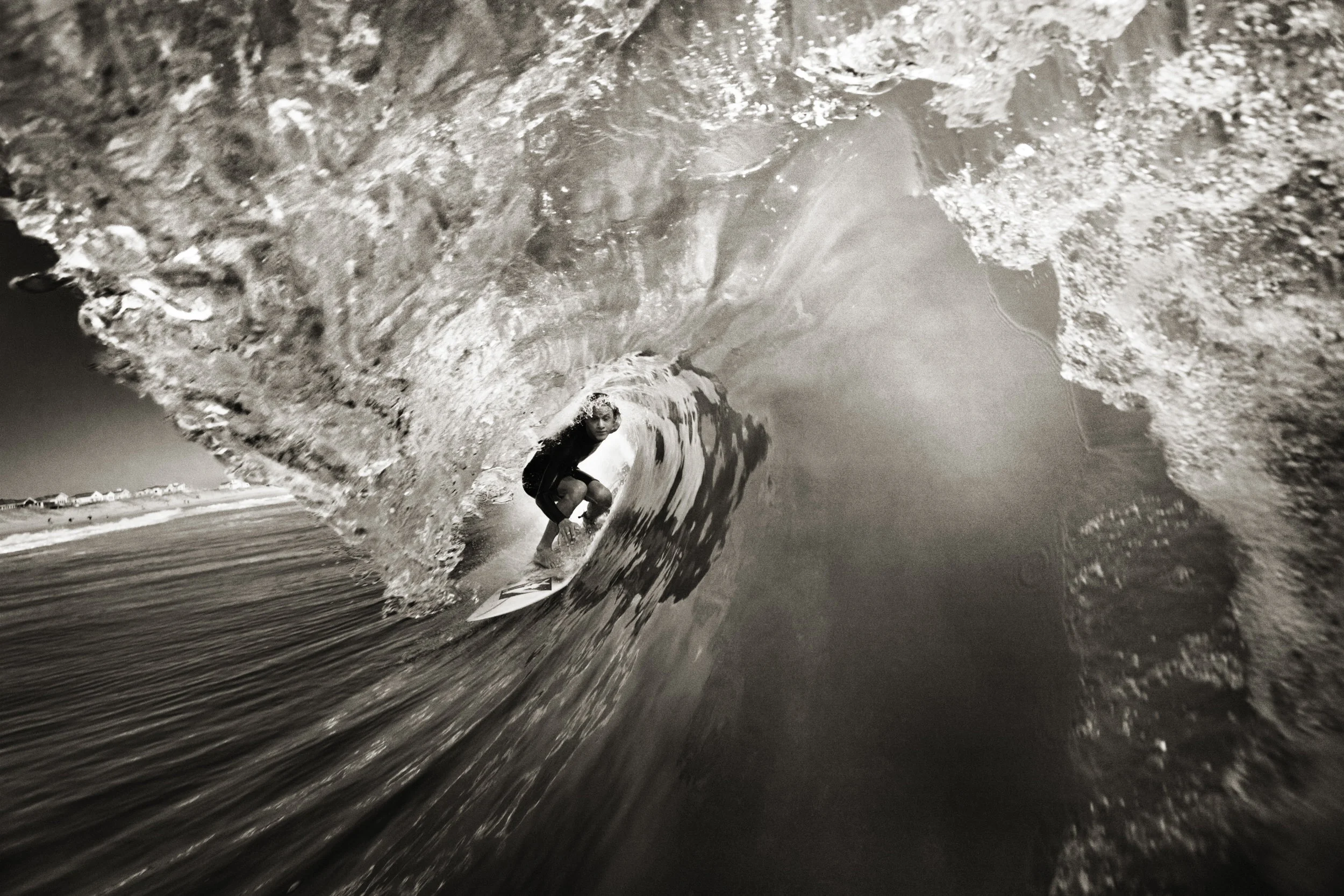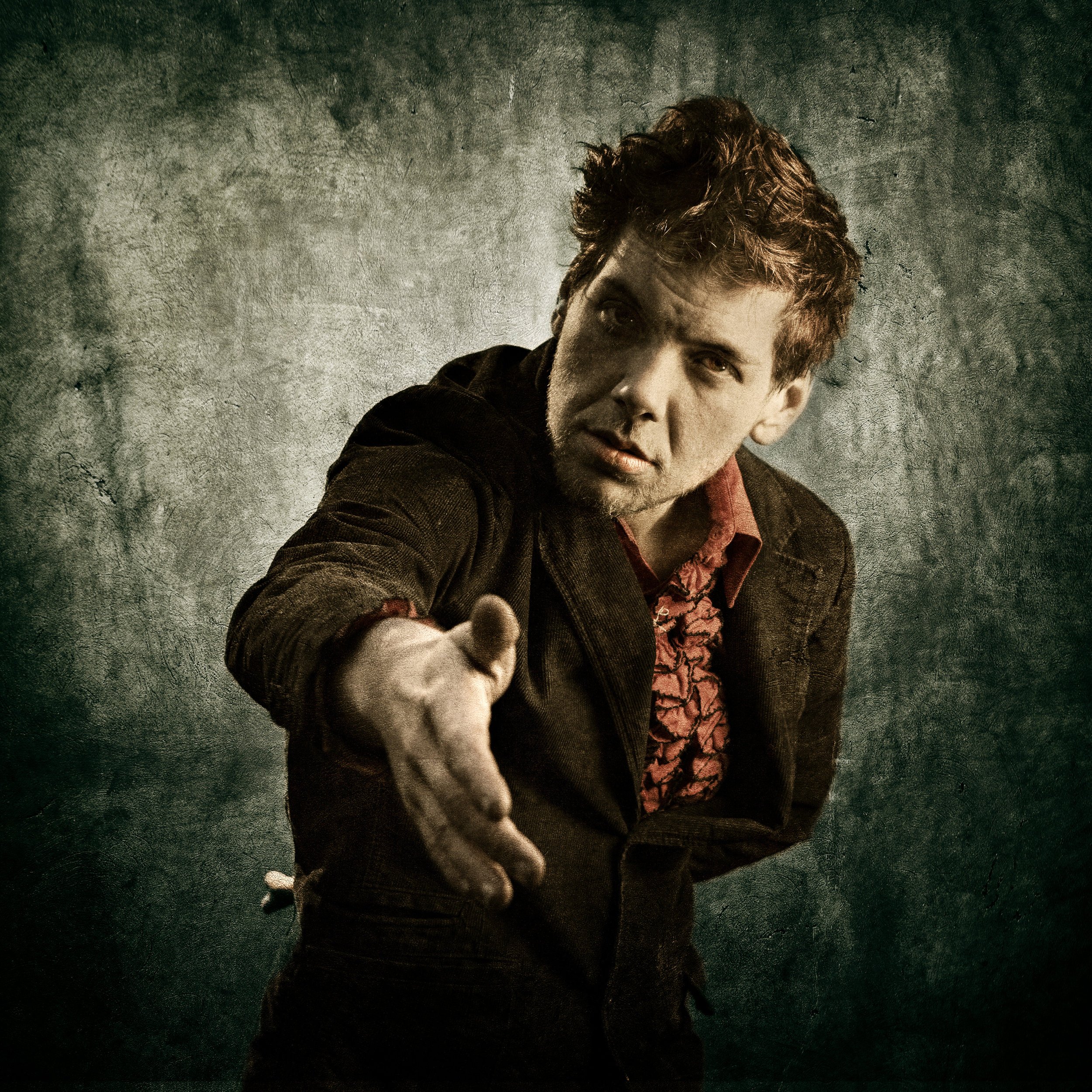Lost in Venice
The Art and Peril of Unplugging...
Ah, Venice…that ancient warren of crumbling churches, oily canals, a thousand and one mask shops, and lord knows how many bridges. A city with no directional logic whatsoever. Deja Vu takes you round in circles again and again, farther and farther from your destination. You think you are going north, when in fact you are going east. Or perhaps south. Didn’t we pass that felafel shop twenty minutes ago, coming from the same direction? Is this the same campo, the same church? Oh, Christ. We are on the wrong side of the city.
Ask any Venetian directions to where you wish to go, and they will point you the right way with their whole hands, like traffic cops, and say “dritto”, which means “straight”, often followed by further gesticulations in the same direction, “dritto, dritto, sempre ditto”. It seems a cruel joke, as there is no “straight” in Venice, no route that runs for more than a few hundred feet before curving left or right, ending in a T-formation, or simply dead-ending into a wall or a canal.
Of course, “ditto” doesn’t actually mean “straight ahead” in Venice. It means more, “that way, not the other way”. They know you’re going to hit a confusing turn imminently, but they’ve at least set you off in the right direction. And after that, you just have to ask someone else. No one could give you directions through the dozens of twists and turns it will take you to get where you’re going. The locals don’t even know the names of the streets and alleys themselves. You just get a feel, eventually, for where you are, and you learn your own personal routes to the destinations you will be frequenting.
“Just follow the traffic,” my host Alvise tells me. “There are really only a few streets in Venice. Just follow the direction everybody is going and you’ll eventually get someplace you recognize.”
Fair enough, but after a night of getting lost both in Dursodoro and Castello for over an hour in each district, magically reappearing at the same campos again and again, running on sleep deprivation from a 24-hour overseas journey, I returned home from an aborted meeting, exasperated. So what did I do? I downloaded an app. Of course I did.
Time was, getting lost in Venice was a time-honored tradition. Stumbling on some quiet square, some magnificent old palazzo, some tucked-away cafe with tables set out on the canal — this was part of the journey, part of the adventure. But now, the alleys flow with tourists staring into the blue light of their cell-phones, electronic voices in a dozen languages guiding them along their way. Think of it. You come a thousand miles to experience one of the most enchanting and unusual cities civilization has ever produced, and you spend the whole time staring at your phone. It would have been much cheaper to buy a Virtual Reality headset and take the journey from the comfort of your home. And it sure would have eased up foot traffic on those main-alley thoroughfares.
Still and all, in the more obscure corners of Venice, such the Costello district where I am staying, it helps to have a little electronic navigation. A few days from now I’ll be able to get around without it. But right now I just ain’t got the time to get lost.
Survivalist and tracking guide Tom Brown famously wrote that you’re only lost if you’ve got a place you need to be and a time you need to be there. Unfortunately, those conditions apply to most of us these days, which means that essentially we are lost most of the time. We can hoard memes about the journey being the destination, but if we’re honest with ourselves, we’re all entirely too focused on the destination, even though we’re a little unclear of what we hope will happen if and when we arrive there.
In today’s world, unplugging from the schedule, the responsibilities, the uploading, the media, etc, requires a concerted effort. To actually experience what the Italians call la dolche far niente, or the sweetness of doing nothing, one must consciously and deliberately make time for a period of not-doing. The irony of that is probably lost on most of us, hurrying to our meditation classes or frantically packing for holidays which often end up being more stressful than the reliable regularity of our workaday lives. But perhaps in this hyper-driven world it’s something to aspire to. To get lost and not to care, to sit in the sun with no agenda, to taste the joy of pure idleness, to experience the passing of time without feeling that we have to outrun it.
In the airport yesterday, rushing to the water bus, I saw a series of HSBC ads depicting people “going for it” one way or another, one of which read “live for a year without Wi-Fi”. Notwithstanding the fact that the concept was spun up by a bunch of overcaffeinated Instagramming kids in skinny slacks and hoodies sitting around a boardroom table in New York or London, spitballing ideas that might appeal to the masses as “authentic” in order to sell the services of one of the world’s largest banks — notwithstanding the hypocrisy of that, it’s an alluring concept. I’ve been thinking about it quite a lot. Strange, however; to disengage from the internet in this day and age, a mere 20 years after it became a worldwide network, would essentially cut you off from the rest of the world — even your friends and family. Only people you could call on the phone, write a letter to, or visit in person would even be aware of your existence. Time was, the phone, the mail, the personal visit, that was all you needed. But now, simply to exist, you must broadcast your every move.
How exhausting. If I didn’t have so many things to do that require participating in the borg of social media to pull off, I’d unplug it all. Maybe one day I can feel satisfied enough with my so-called accomplishments that disengaging for a whole year wouldn’t feel like giving up in the middle of the race. A boy can dream, I suppose.
Meanwhile, I’m punching in tonight’s destination on my phone. I can’t afford to be late.











